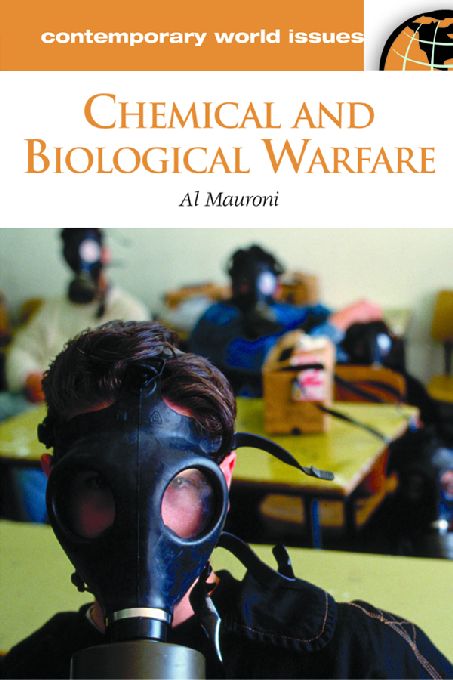Chemical and Biological Warfare: A Reference Handbook surveys the history of modern chemical and biological weapons, from their genesis on World War I battlefields through their World War II deployment and Cold War research and development to present-day policies and strategies.||Casting aside moral issues and scare tactics, this uniquely unbiased reference explores both sides of this highly controversial topic, explaining the utility, necessity, and protected use of such weapons as well as the ramifications of their abuse. From delivery systems (bombs, missiles, rockets) and defense methods (detection devices, protective suits, decontaminants) to the deployment of such weapons in the Vietnam and Persian Gulf Wars, students and concerned citizens alike will discover the real reasons behind U.S. support for chemical and biological warfare.
- Available now!
- New eBook additions
- New kids additions
- New teen additions
- Most popular
- Always Available eBooks
- See all ebooks collections
- Available now
- AZ's Most Popular Audiobooks
- New Audiobooks
- Always Available Audiobooks
- New kids additions
- New teen additions
- Try something different
- Extremely Funny Audiobooks
- See all audiobooks collections

